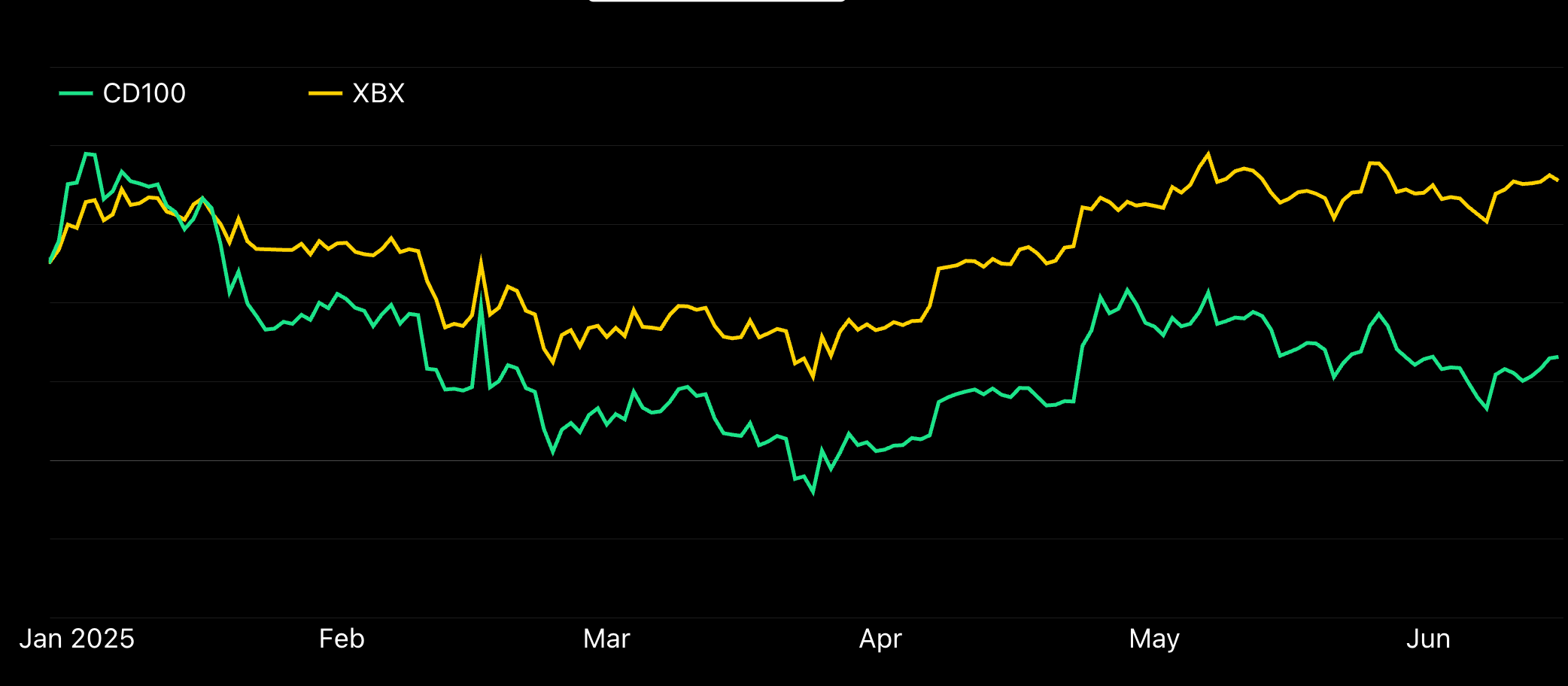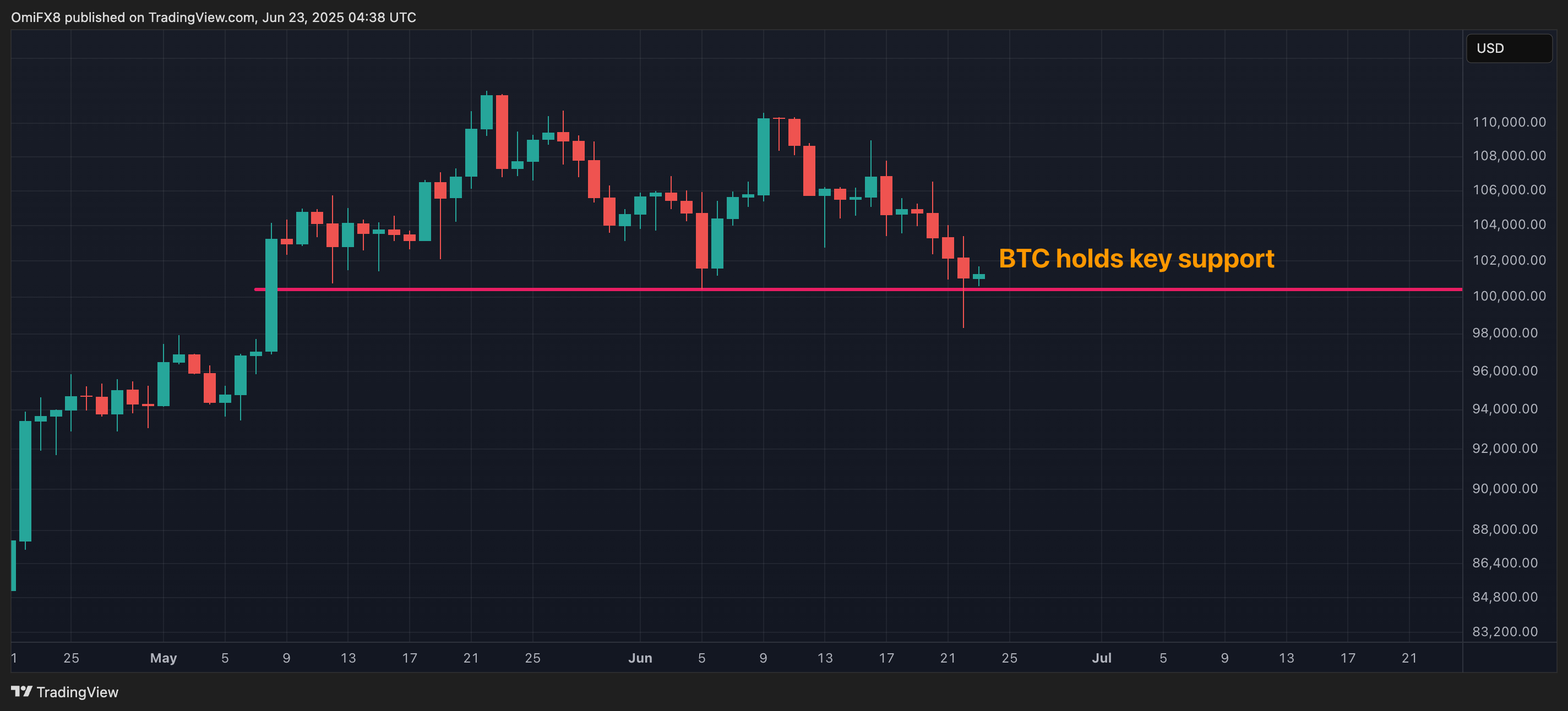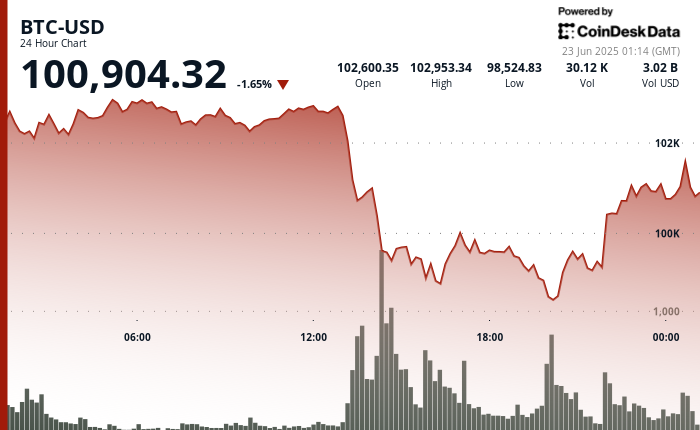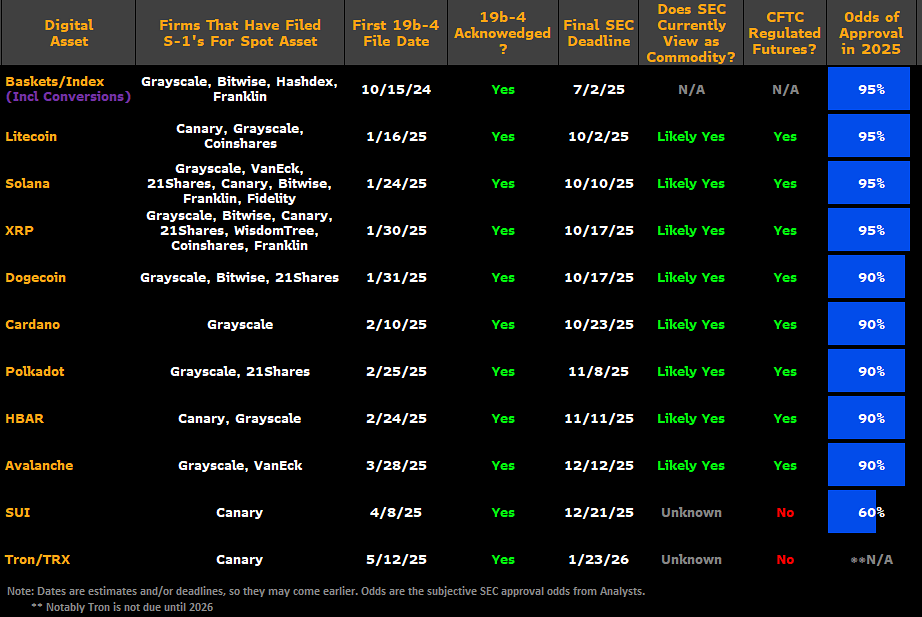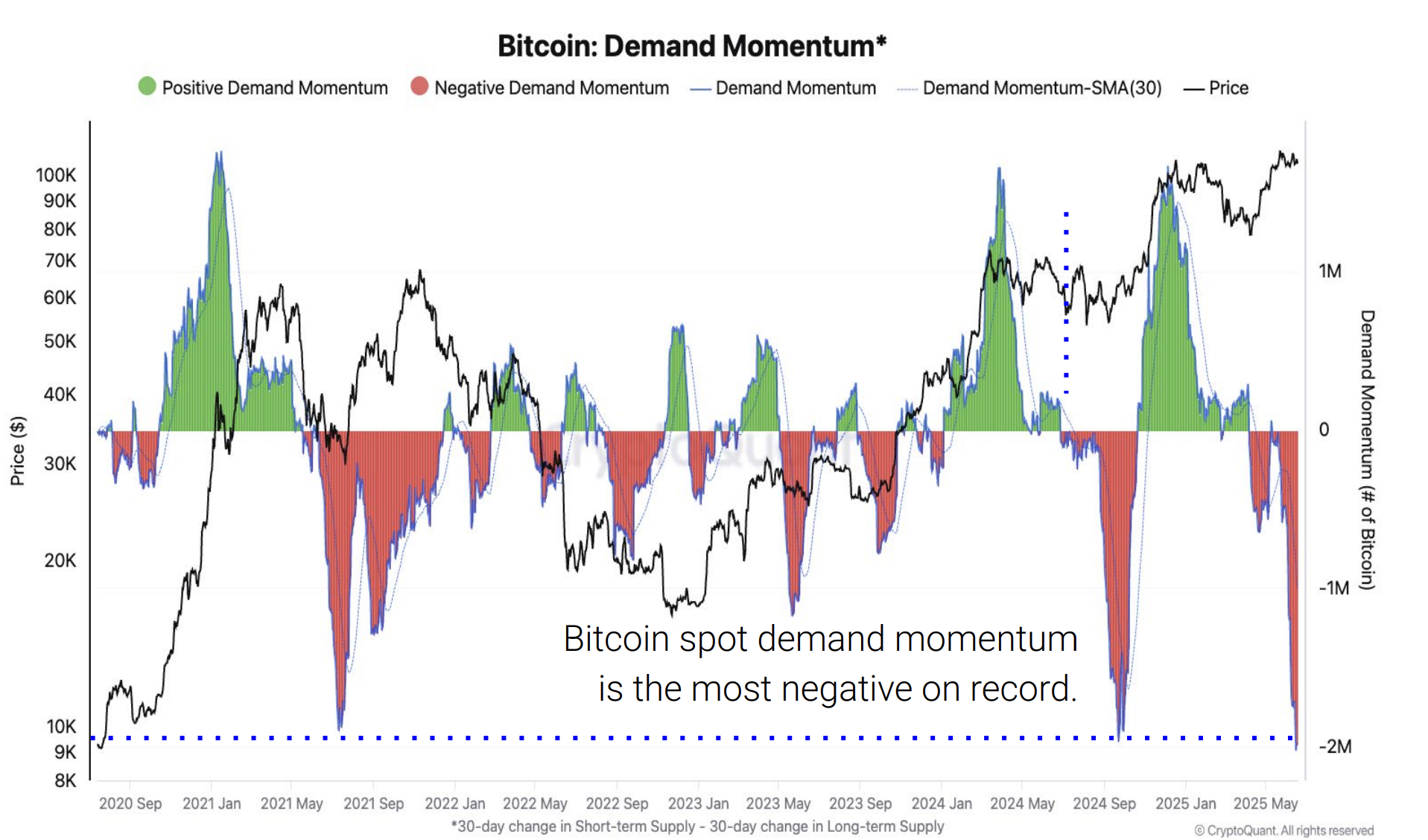Valuing blockchain networks today feels like déjà vu for anyone who lived through the early internet era. In the 1990s, analysts, investors, and founders struggled to apply familiar financial models to a radically unfamiliar technology. Companies with little more than a website and a pitch deck were valued in the hundreds of millions, sometimes billions, based on something as intangible as “eyeballs.”
It didn’t end well. And yet, in hindsight, those chaotic early years offered valuable lessons: technology evolves faster than finance, and valuation models must eventually adapt to the shape of innovation.
Today, we’re facing a similar dilemma in the blockchain space. Despite growing adoption, maturing infrastructure, and undeniable cultural and economic momentum, there’s still no widely accepted or standardized way to value a blockchain network. And the few models we have, while directionally useful, remain flawed or incomplete.
To understand where we might go, it’s worth revisiting how we got here.
The First Internet Valuation Wave: Eyeballs, Not Earnings (mid 1990s-2000)
In the mid-to-late 1990s, the internet was a frontier. Investors didn’t know what “success” would look like for digital companies, so they leaned on whatever they could measure: page views, banner ad impressions, unique visitors, or monthly active users (MAUs). These crude proxies for attention became the de facto metrics for value. The logic was simple: if millions of people were visiting your site, monetization would eventually follow.
Valuations soared. Startups like Pets.com (see image), Webvan, and eToys raised hundreds of millions on the promise of dominance. But revenue was an afterthought, and profitability was a punchline. When the dot-com bubble burst in 2000, it became clear that attention without monetization is a poor foundation for enterprise value.
The Post-Crash Realignment: Revenues and Margins (2001-2005)
After the first internet bubble burst, investor sentiment changed dramatically. The market demanded proof, not just vision. From 2001 onward, companies were expected to generate meaningful revenue, show gross margins, and move toward profitability.
This period saw a ruthless weeding out of unsustainable models. Only companies with real products, real customers, and realistic financials survived. Amazon, for example, began to shift investor focus from abstract future potential to actual operational performance. Its ability to show consistent top-line growth and improve margin discipline helped rebuild confidence.
eBay became a paragon of clarity: a profitable, transaction-based business with a scalable model. These survivors taught investors to evaluate internet companies more like traditional businesses, with income statements that mattered.
The Rise of SaaS and Unit Economics (2005-2015)
By the mid-2000s, a new model emerged, Software as a Service (SaaS), and with it came a new language of valuation. Rather than relying on unpredictable advertising or retail margins, SaaS businesses offered predictable recurring-revenue streams, a game-changer for both founders and financiers.
This era gave rise to metrics like:
- Annual Recurring Revenue (ARR) and Monthly Recurring Revenue (MRR)
- Customer Acquisition Cost (CAC) and Lifetime Value (LTV)
- Churn, net retention, and the Rule of 40 (growth + margin ≥ 40%)
These unit economics allowed for sharper insight into a company’s operational health and scalability. Investors began to value growth efficiency and recurring revenue, rewarding companies with sustainable, high-margin models and strong customer stickiness.
SaaS companies could be unprofitable, but only if their metrics told a clear story: acquire customers cheaply, keep them for years, and expand wallet share over time. This approach became the backbone of modern tech valuation and remains a dominant lens today.
The Platform Era: Network Effects and Ecosystem Value (2015-Present)
By the 2010s, companies like Facebook, Google, Uber, and Airbnb redefined what value looked like online. These weren’t just businesses, they were platforms. Their power lay in aggregation, data control, and the network effects that made them increasingly dominant the more they grew.
Valuation models evolved accordingly. Analysts began measuring:
- Network effects (value growing with each new user)
- Ecosystem depth (third-party developer activity, marketplaces, plug-ins)
- User engagement and data lock-in
Companies were now rewarded not just for revenues, but for building infrastructure others depended on. This was a qualitative shift, valuing strategic position, not just cash flow.
Today’s Internet Giants: Profit, Efficiency, and AI Moats
In the 2020s, tech valuation matured. Public investors now focus on operational efficiency, profitability, and free cash flow. Growth at all costs is out; the “Rule of 40” is in. (It says that a company’s growth rate plus free cash rate should equal or exceed 40%).
Companies are valued based on sector-specific performance: SaaS has its own yardsticks, e-commerce others, fintech still others. Meanwhile, intangibles like proprietary AI models, data ownership, and infrastructure moats are increasingly central to how tech leaders are priced.
In short, valuation became both more specialized and more rational, tailored to what actually drives value in each digital sector.
What This Means for Blockchain
Despite all this progress, blockchains remain in valuation limbo. We see attempts to apply traditional metrics, like DCF (discounted cash flow), validator revenue, or protocol fees, but these often miss the point. This is the equivalent of valuing Amazon in 1998 by its shipping costs.
Blockchains are public infrastructure, not private companies. Many rely on subsidies or token emissions that inflate revenues but don’t reflect true demand. Moreover, as decentralized systems, they aren’t designed to extract profits, but to enable permissionless coordination and trustless economic activity.
Other valuation methods have emerged—each offering part of the puzzle:
- MSOV (Monetary Store of Value) models value a chain by how its token is staked or deposited in DeFi. Helpful, but static.
- Onchain GDP aims to measure economic output across apps and chains. Smart in theory, but hard to normalize and easy to distort.
None of these models has emerged as dominant, comprehensive, or widely accepted. And the data layer aspect of blockchains is still missing from any valuation framework.
A New Lens: Valuing Velocity and Flow
To move forward, we need models that reflect what blockchains actually do. That’s why I’ve proposed a valuation framework based on velocity and flow, a measure of how money and assets move through a blockchain economy. It focuses on usage patterns, transaction loops, and capital reuse, more akin to economic circulation than static metrics, and it has parallels with the internet’s more mature platform era, the last frontier of digital economy valuations.
This model examines:
- Stablecoin turnover and velocity
- DeFi lending, trading, collateral
- NFT trading dynamics (purchases, royalties)
- Layer-to-layer bidirectional asset flows
- Real World Assets tokenization volumes (purchases, royalties, appreciations)
- Real capital formation and reusability across apps
- Medium of exchange fees for collateralizing, settling, or bridging assets and transactions
This approach offers a native and resilient way to measure blockchain value. It focuses not just on what sits in the system, but what moves, and movement is the clearest sign of trust, utility, and relevance, just as real money’s velocity is a commonly accepted measure of an economy’s vitality.
Conclusion: Build the Model the Future Deserves
The internet taught us that every technological shift demands a new financial lens. Early models will always be clumsy, but the worst mistake is sticking with frameworks that no longer fit.
Blockchains are still searching for their rightful valuation narrative.
The valuation frameworks of the future will be built, not inherited. And just as early internet investors had to invent new tools to understand what they were seeing, the blockchain world must now do the same.
If we get this right, we won’t just value blockchains more accurately, we’ll unlock a deeper understanding of their economic and social potential.
source
https://www.coindesk.com/opinion/2025/06/17/why-blockchain-valuation-models-are-still-up-for-debate
